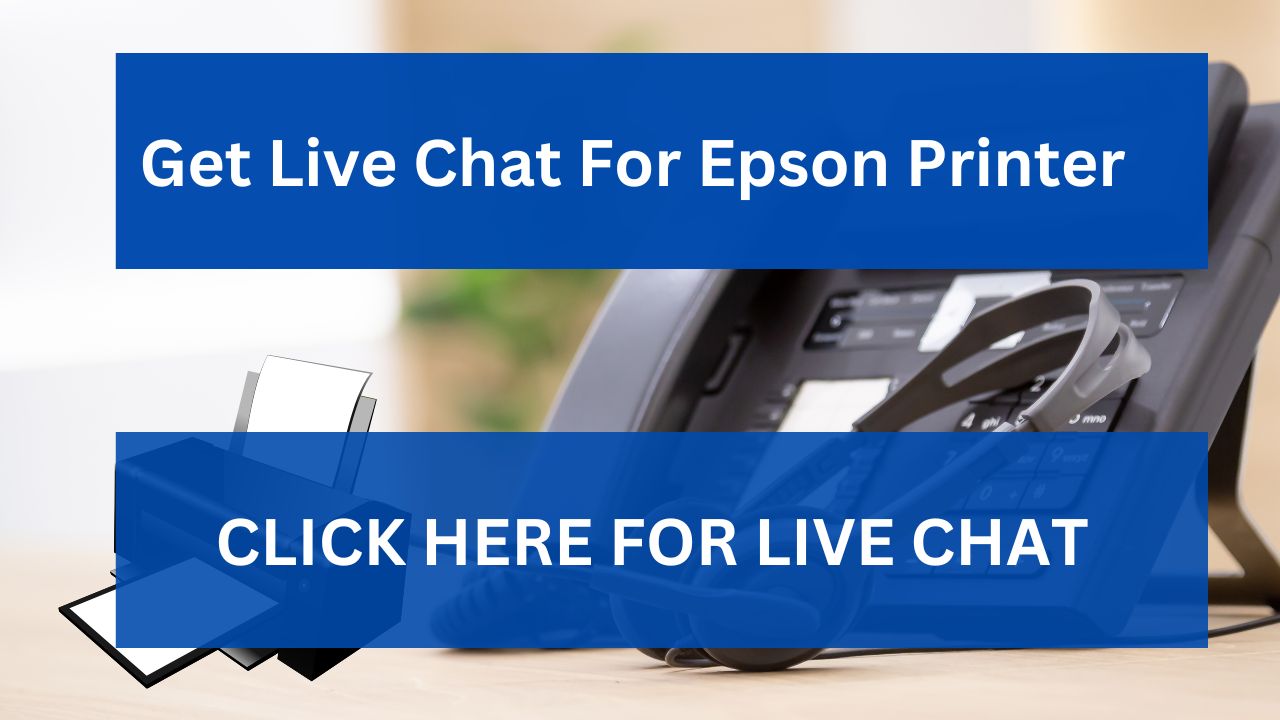Solving Compatibility Issues with Epson Printer Drivers
Updated
by Mills Stanley

Compatibility issues between Epson printer drivers and operating systems can cause various problems, from printing errors to complete inability to use the printer. This guide will walk you through identifying and resolving these issues to ensure your Epson printer functions smoothly.
Understanding Compatibility Issues
Compatibility issues arise when the printer driver—software that communicates between the printer and the computer—does not properly work with the operating system. These problems can occur for various reasons:
- Outdated Drivers: Older drivers may not support newer versions of operating systems.
- Operating System Updates: Updates to the operating system can sometimes render existing drivers incompatible.
- Incorrect Drivers: Using a driver that doesn’t match your specific printer model or operating system.
- Hardware Changes: Changes in hardware or connecting the printer to a different computer can cause compatibility issues.
Identifying Compatibility Issues
Before resolving compatibility issues, it’s crucial to identify them. Here are common symptoms:
- Printer Not Recognized: The computer doesn’t recognize the printer, even though it’s connected.
- Printing Errors: Errors such as incomplete prints, incorrect colors, or formatting issues.
- Driver Installation Errors: Errors during the installation of the printer driver.
- Frequent Disconnections: The printer frequently disconnects or loses connection.
Steps to Solve Compatibility Issues
Step 1: Check for Updates
- Operating System Updates:
- Ensure your operating system is up to date. Sometimes, updates can include fixes for driver compatibility issues.
- Windows: Go to Settings > Update & Security > Windows Update.
- Mac: Go to System Preferences > Software Update.
- Printer Driver Updates:
- Visit the Epson Support website and enter your printer model.
- Download the latest driver compatible with your operating system.
- Follow the installation instructions provided.
Step 2: Install the Correct Driver
- Identify the Correct Driver:
- Ensure you’re downloading the driver specific to your printer model and operating system version.
- Double-check that the driver is from the official Epson website to avoid malicious software.
- Uninstall the Old Driver:
- Windows: Go to Control Panel > Programs > Programs and Features, find the Epson driver, and uninstall it.
- Mac: Go to System Preferences > Printers & Scanners, select your Epson printer, and click the minus (-) button to remove it.
- Install the New Driver:
- Follow the installation instructions for the new driver.
- Restart your computer after installation to ensure the changes take effect.
Step 3: Use Compatibility Mode (Windows Only)
If you’re using an older driver that isn’t updated for your current version of Windows, try running it in compatibility mode:
- Right-click the driver installation file.
- Select Properties.
- Go to the Compatibility tab.
- Check the box for “Run this program in compatibility mode for” and select an older version of Windows.
- Click Apply and then OK.
- Run the installation file.
Step 4: Configure Printer Settings
- Set the Printer as Default:
- Windows: Go to Control Panel > Devices and Printers. Right-click your Epson printer and select “Set as default printer.”
- Mac: Go to System Preferences > Printers & Scanners. Right-click your Epson printer and select “Set default printer.”
- Adjust Printer Preferences:
- Access the printer properties through the Control Panel (Windows) or System Preferences (Mac).
- Ensure settings such as paper size, print quality, and connection type are correctly configured.
Step 5: Check Connection Type
- USB Connection:
- Ensure the USB cable is properly connected to both the printer and the computer.
- Try using a different USB port or cable if available.
- Network Connection:
- Ensure the printer is connected to the same network as your computer.
- Check the printer’s network settings through its control panel or Epson software.
Step 6: Reinstall Operating System (Last Resort)
If all else fails and compatibility issues persist, consider reinstalling your operating system. This step should only be taken if you’re comfortable with it and have backed up all your data. Reinstallation can resolve deep-rooted compatibility issues by starting fresh with updated drivers and software.
Additional Tips
- Use Epson Utilities: Epson often provides utilities and software packages that can help diagnose and fix issues.
- Contact Epson Support: If compatibility issues persist, reach out to Epson support for professional assistance.
- Use Virtual Machines: If a specific driver only works on an older operating system, consider using a virtual machine to run that OS and driver.
Conclusion
Solving compatibility issues with Epson printer drivers requires a systematic approach. By updating your operating system and drivers, ensuring you have the correct driver, and configuring your printer settings properly, you can resolve most compatibility issues. If problems persist, utilizing compatibility mode, checking connection types, and contacting Epson support are additional steps that can help. By following these guidelines, you can ensure your Epson printer works seamlessly with your computer.